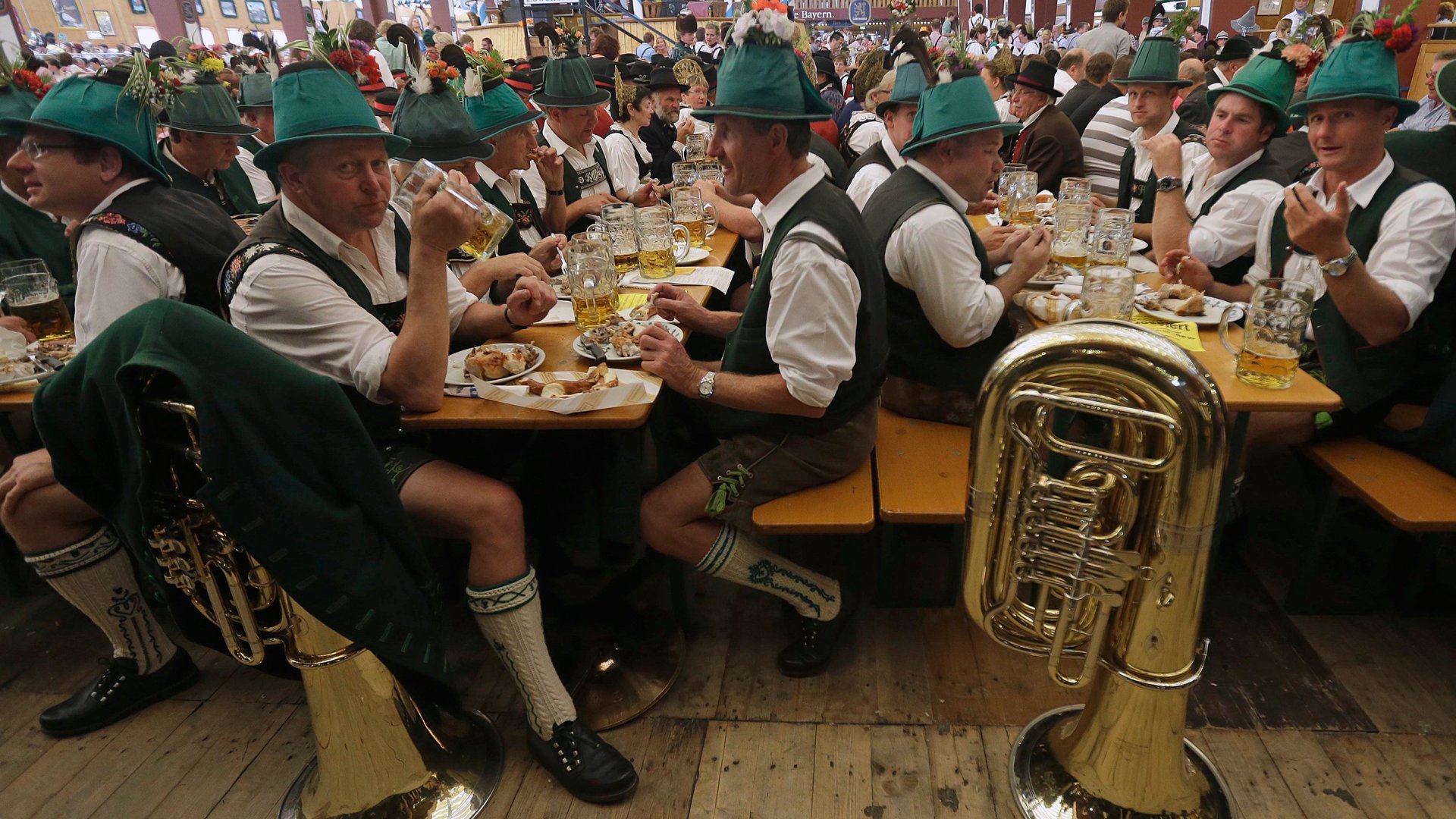Doctors say alcohol should come with calorie labels
In the US and the European Union, alcoholic beverages aren’t required to be labeled with nutritional facts. That’s a problem, according to public health experts from The Royal Society for Public Health, a British nonprofit organization. The RSPH released a report this week calling for alcohol products in the EU to be labeled with caloric information.


In the US and the European Union, alcoholic beverages aren’t required to be labeled with nutritional facts. That’s a problem, according to public health experts from The Royal Society for Public Health, a British nonprofit organization. The RSPH released a report this week calling for alcohol products in the EU to be labeled with caloric information.
The argument is straightforward. Obesity is a global epidemic: in England, for example, a quarter of adults are obese, while in the US the proportion is 35%. Adults who drink get around 10% of their total calories from alcohol. And a survey of adults in the UK commissioned by the RSPH showed that 60 to 80% of people didn’t know or underestimated the caloric content of beer or wine.
Nutritional labels, then, should be a no-brainer: if people are aware of the calories they’re consuming, they can make smarter choices.
If it’s so obvious, why aren’t labels already required? One reason is that labels would put a cost burden on industry players such as wineries: they would be required to analyze every variety of wine they produce for nutritional content.
There’s also the matter of government resources. In the US, nutritional food labels are regulated by the Food and Drug Administration, but alcohol labels are in the domain of the Alcohol and Tobacco Tax and Trade Bureau. Lindsey Zahn, a food and beverage lawyer at Lehrman Beverage Law, writes that “TTB does not have the resources at this time to review a full nutrition facts panel.”
Still, some companies are labeling beverages by choice. If this grows in popularity, perhaps the law will be forced to catch up.
For those keeping score, a 5-ounce (148 ml) glass of wine contains around 120 calories, while 12 ounces (355 ml) of beer contains 150 calories.